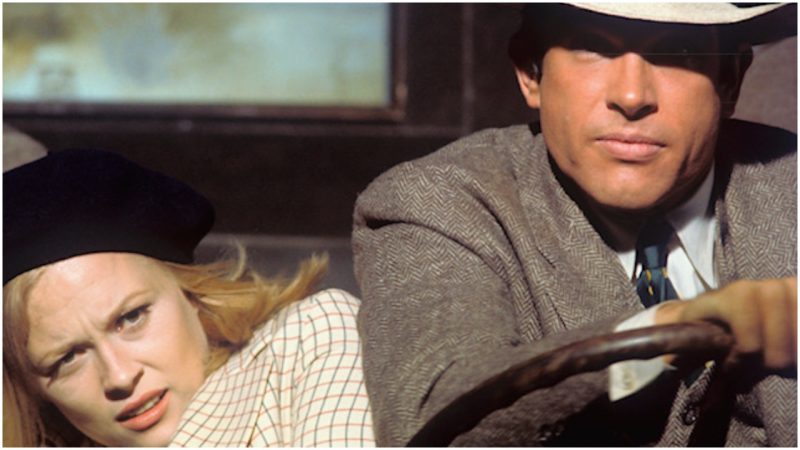Bonnie Elizabeth Parker and Clyde Chestnut Barrow, better known as Bonnie and Clyde, became two of the most iconic criminals in American history following their notorious exploits around the central United States in the midst of the Great Depression.
The first myth to go down is that they always acted as a duo. At times, they were part of a gang that included Clyde’s older brother, Buck Barrow. There was also Buck’s wife, Blanche. Other known affiliates include Raymond Hamilton, Joe Palmer, W.D. Jones, Ralph Fults, and Henry Methvin. They were also known as the Barrow gang.
This little company caused enough trouble to last a few lifetimes. Most frequently, they robbed people. Nevertheless, by the end of their lives, the most famous of the gang – Bonnie and Clyde – were suspected of conducting 13 murders in total. Here’s what else you might have missed about these two.
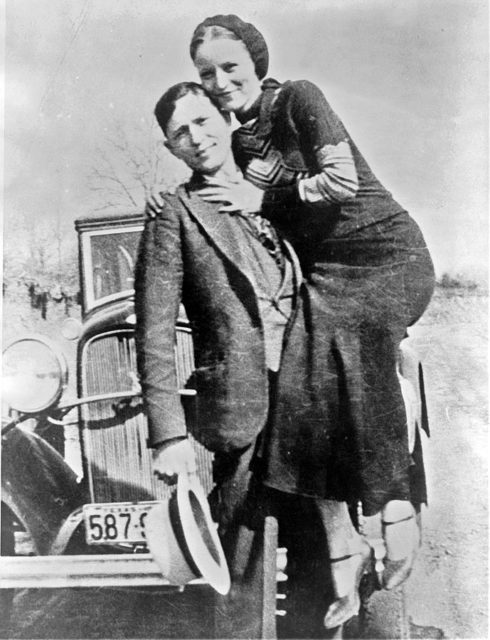
They did not spend as much time robbing banks as you think
Within various television features, movies and other media creations, Bonnie and Clyde have been portrayed as major bank robbers operating throughout the Midwest and South. That is far from being an accurate representation of their actual deeds. The duo was active for four years, and supposedly, they robbed less than 15 banks. Some of the banks were robbed more than once. Despite all efforts, they usually got away with very little, and in one situation as little as the hilarious sum of $80.
Some the bank robberies were conducted by Clyde and his criminal associate Raymond Hamilton. Supposedly, it was Bonnie who would sometimes drive the getaway car. In another instance, she was not involved in the robbery plot at all, remaining at a hideout while the rest of the gang did the dirty work.
Clyde had been arrested many times
Reportedly, Clyde had been arrested and convicted on various counts of auto theft, and his experience behind bars was not so good. In fact, there doesn’t seem to be much that did not happen to Clyde when behind bars.
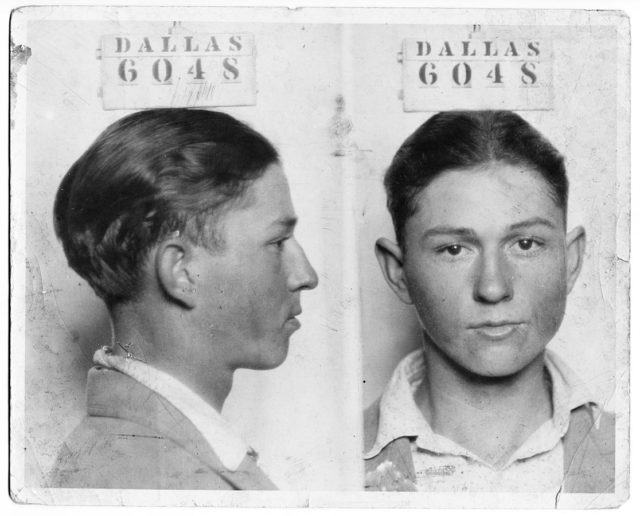
As one of the stories suggest, at one point he planned an escape from jail, and by that time he was already deeply in love with Bonnie. She regarded him as her soulmate, and she wanted to help him out. Soon after the conviction, she somehow managed to smuggle a gun into the prison for him. On March 11, 1930, Clyde had used the weapon to escape, along with his cellmates. They were captured a week later. After that, Clyde was sentenced to 14 years of hard labor, eventually being transferred to the notorious Eastham State Farm. Allegedly, another convict serving a sentence there had him repeatedly sexually assaulted.
What might be even more disturbing is that in January 1932, Clyde was unable to cope any longer with the relentless work and brutal conditions at Eastham Prison Farm. With hopes that he could convince the prison officials to transfer him to a less harsh facility, Clyde severed his left big toe and a portion of a second toe. It is unknown whether he or another prisoner wielded the sharp ax that was used to chop off his two toes.
The self-inflicted wounds, which had a lasting impact on Clyde’s walking (preventing him from wearing shoes while driving as well), turned out to be an unnecessary move. Six days after the gruesome operation, he was released on parole.
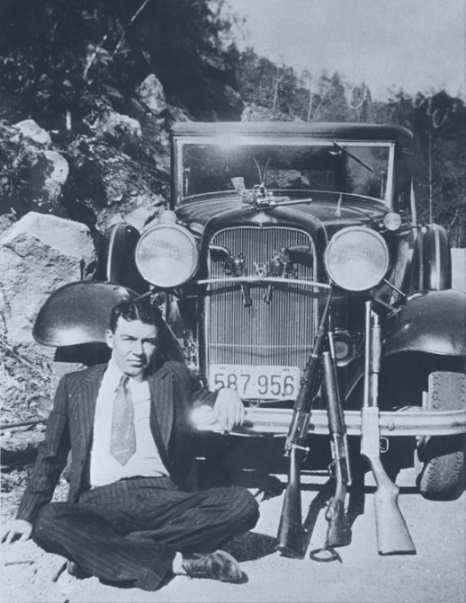
A car accident impaired Bonnie’s walking
On the other hand, Bonnie was not walking perfectly either. On the night of June 10, 1933, Clyde, with Bonnie in the passenger seat, was speeding along a rural road in North Texas. Clyde was driving at such a pace that he missed seeing a detour sign warning of a bridge under construction. The criminals then smashed through a barricade. They were allegedly moving at 70 miles per hour, and they had sailed through the air before landing in a dry riverbed with their Ford V-8.
During this incident, scalding acid poured out of the smashed car battery and critically burned Bonnie’s right leg. The acid actually ate away her flesh right down to the bone in some places. Just like Clyde, as a result of these third-degree burns, Bonnie walked with a pronounced limp for the remaining part of her life. She had such difficulty walking at some points, that at times Clyde needed to carry her.
Neither of them were tall, nor did Bonnie smoke cigars
Bonnie and Clyde were both short, and it is only the movies that make us think they were tall. The average height for women and men back in those days were about 5’3″ and 5’8″ respectively. In reality, Bonnie was 4’11″, and Clyde was 5’4″, but Faye Dunaway and Warren Beatty, who played the pair in the famous 1967 film, were 5’7″ and 6’2″.
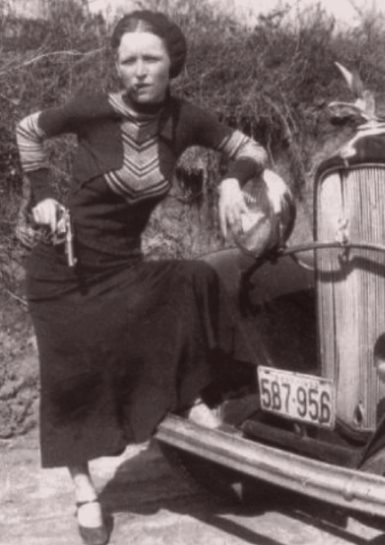
There is also another misconception made in relation to the public image of Bonnie. One of the most famous pictures of Parker shows her holding a pistol, her foot up on the bumper of the Ford, and a cigar clamped in her mouth as if she was Edward Robinson in “Little Caesar.” This photo turned out to be part of a series of photographs clearly made for Bonnie and Clyde’s own entertainment.
The photographs were found on undeveloped film that was left behind at the gang’s Missouri hideout after a police raid on the house. In one photograph, Bonnie points a rifle at Clyde’s chest, while he half surrenders to her with a smile on his face. Another one shows Clyde kissing Bonnie in an exaggerated movie-star manner.
Bonnie died a married woman – but not to Clyde
A lesser known fact is that Parker got married when she was 16. Her husband’s name was Roy Thornton, and he had been a handsome classmate at her school in Dallas. Bonnie’s decision to marry him was not so difficult for a young girl to make. Her father was already deceased, while her mother had a difficult job at a local factory. Bonnie had little prospect of doing much beyond waiting tables or working as a maid, so marriage was a sort of way out.
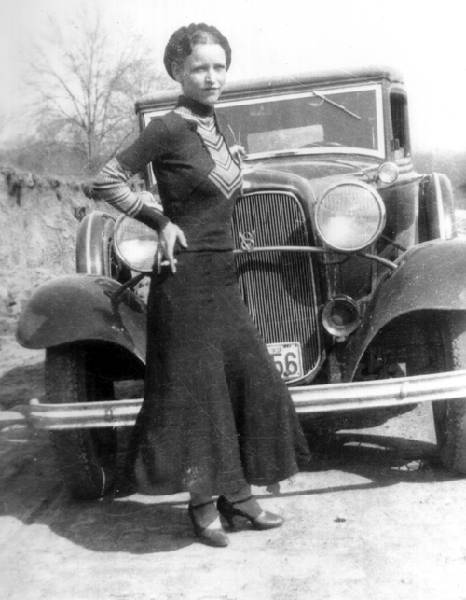
However, the marriage was a disaster. Allegedly, Roy was a thief and a cheat, and later on, she referred to him as a “roaming husband with a roaming mind.” He would be gone for long periods of time, and when he returned he would be drunk and act abusively. Bonnie started sleeping back at her mother’s. Roy was eventually caught up in one of his robberies and ended up with a five-year prison sentence. He was still in prison when he heard of his wife’s death in the company of the notorious Clyde Barrow. Bonnie had died with her wedding ring still on her finger – divorce was not much of an option for a well-known runaway.
They were famous for their crimes, but their death was brutal
The death of the infamous duo occurred on May 23, 1934, when Barrow and Parker were ambushed and killed while driving on a rural road in Bienville Parish, Louisiana. The two of them had appeared in broad daylight in an automobile and were ambushed by a posse of four Texas officers: Frank Hamer, B.M. “Manny” Gault, Bob Alcorn, and Ted Hinton. The four were also joined by two more Louisiana officers, Henderson Jordan and Prentiss Morel Oakley. Hamer, who had begun tracking the pair since February 12, 1934, following their final crime spree, was the one who led the posse.
He had concluded that the gang’s movements followed a circle skirting the edges of five Midwestern states while exploiting the “state line” rule that prevented officers from one jurisdiction from pursuing a fugitive into another. Although Barrow was a real master of that pre-FBI rule, he was consistent in his movements, and Hamer was expert enough to chart his path and predict the next move. The gang’s course also centered on family visits, and on this final trip, they were about to see Methvin’s family in Louisiana.
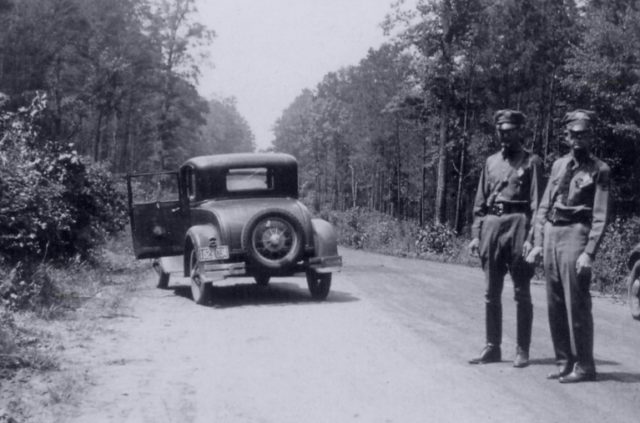
According to statements given by Ted Hinton and Bob Alcorn: “Each of us six officers had a shotgun and an automatic rifle and pistols. We opened fire with the automatic rifles. They were emptied before the car got even with us. Then we used shotguns … There was smoke coming from the car, and it looked like it was on fire. After shooting the shotguns, we emptied the pistols at the car, which had passed us and ran into a ditch about 50 yards on down the road. It almost turned over. We kept shooting at the car even after it stopped. We weren’t taking any chances.”
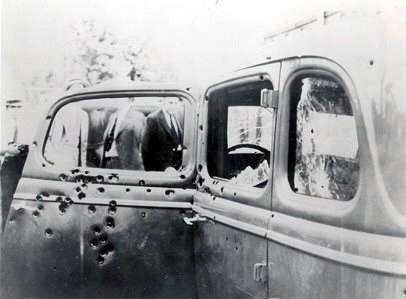
By the time of their brutal end, the couple was suspected of 13 murders and a number of burglaries, along with the bank robberies. Just hours after the news of their death, the small town of Arcadia in northwest Louisiana, with an estimated population of 2,000, suddenly became crowded with roughly 10,000 more people. Crowds were coming by all means of transport. Beer, which regularly went for a price of 15 cents a bottle, jumped to 25 cents.
Read another story from us: Rare images of the Bonnie and Clyde death scene
Souvenir-seekers courageously approached the scene of death in an attempt to make off with locks of their hair, pieces of their clothes and even one of Clyde’s ears. Despite their wishes to be buried next to each other, they ended up in different cemeteries.
